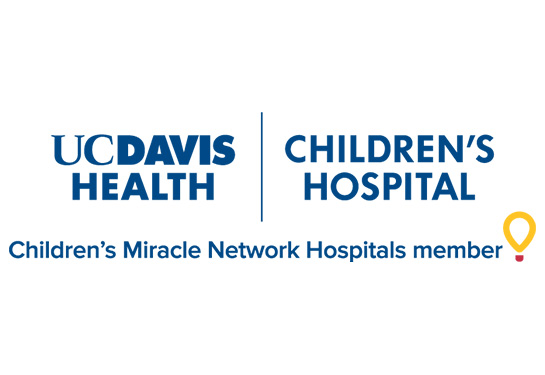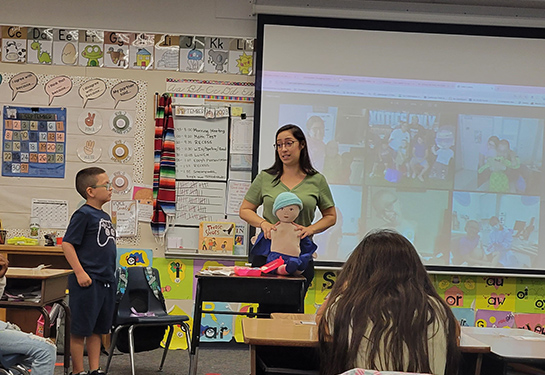What is sudden cardiac arrest and how can you be prepared?
After 18-year-old Bronny James, LeBron James’ son, collapsed on the court during basketball practice from sudden cardiac arrest yesterday, we spoke to the Project ADAM Sacramento coordinator Rebecca McCormac to learn more about the symptoms of sudden cardiac arrest and how parents can be prepared. McCormac prepares schools, sports organizations and community groups to implement and sustain a CPR and AED program so they can handle cardiac emergencies and save lives.
What is sudden cardiac arrest?
Sudden cardiac arrest is a life-threatening event in which ventricular fibrillation occurs. This means the ventricles cannot pump blood into the body.
How common is sudden cardiac arrest among young people?
Sudden cardiac arrest is the leading cause of death for student athletes. According to the Centers for Disease Control and Prevention (CDC), about 2,000 young, seemingly healthy people under the age of 25 die each year of sudden cardiac arrest in the United States.
What are the warning signs of sudden cardiac arrest?
There are usually no signs or symptoms that a sudden cardiac arrest is coming. Some young people may experience shortness of breath or chest pains, but others may have no symptoms ahead of time.
Can youth be screened for sudden cardiac arrest?
Annual physician examinations and sports pre-participation physician exams may miss about 85 to 90% of issues that can cause sudden cardiac arrest in youth. UC Davis Health regularly hosts free youth heart screenings to identify youth ages 12 to 25 with an undiagnosed heart condition.
The screenings are hosted by the Kyle J. Taylor Foundation (KJTF), in collaboration with UC Davis Health and Project ADAM Sacramento. They provide attendees with a cardiac risk assessment, an electrocardiogram (EKG), a physician review and CPR training. Those interested can sign up to our next free youth heart screening event, which will be held at Oakmont High School in Roseville on Sunday, Oct. 1.
What’s the best response when someone experiences sudden cardiac arrest?
Every minute without cardiopulmonary resuscitation (CPR) and defibrillation decreases a person’s chances of survival by 7 to 10%. Automated external defibrillators (AEDs) can restore heart rhythm and improve survival. But it’s not enough to simply have an AED in the building. Having a documented plan, a designated and prepared response team on site, and a regularly practiced emergency response drill are critical to saving lives. Every second counts.
What is Project ADAM?
Project ADAM is a national, non-profit organization committed to saving lives through advocacy, education, preparedness and collaboration to prevent sudden cardiac death.
Project ADAM began in 1999 in Wisconsin. The organization was named in honor of 17-year-old Wisconsin high school basketball player, Adam Lemel, who died on the court due to an undiagnosed genetic heart condition. The program has expanded into 38 Project ADAM affiliates in 29 states and has saved the lives of more than 200 people.
As a local affiliate, UC Davis Children’s Hospital carries that mission to Sacramento and the surrounding communities. Our Project ADAM Sacramento team focuses on prevention training and education for local schools and the community, helping them become Heart Safe Schools and supporting their efforts to be equipped and trained to respond to a sudden cardiac arrest.
How can Project ADAM help my child’s school, sports organizations or community groups be better prepared for sudden cardiac arrest?
Project ADAM Sacramento is committed to helping schools, sports organizations and community groups implement and sustain a CPR and AED program so they can handle cardiac emergencies and save lives. We provide our services for free. We provide education and support in the following areas:
- Increasing awareness of sudden cardiac arrest and its signs and symptoms
- Guidance in developing cardiac emergency response plans
- Assistance in getting training for CPR and AED use
- Guidance on carrying out regular cardiac emergency response drills
For more information, visit the Project ADAM website.
Related links



